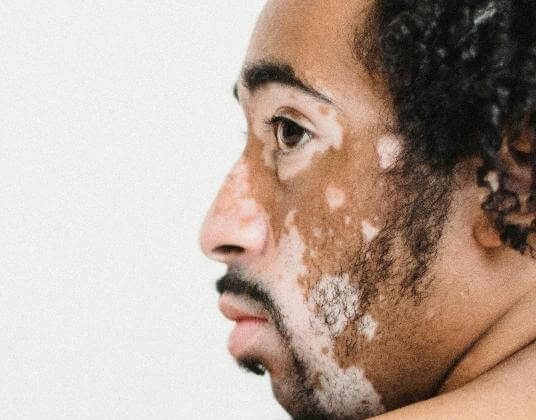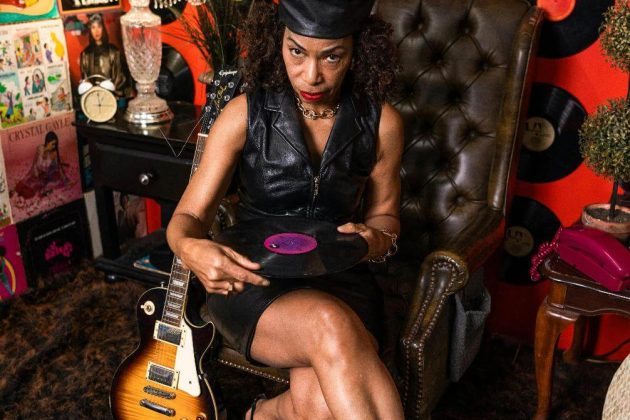The Intricate World of Whorehouses: A Comprehensive Guide

Whorehouses, also known as brothels, are establishments where sexual services are provided in exchange for money. These establishments have a long and controversial history, with varying laws and attitudes towards them in different parts of the world. While some view them as a legitimate business, others see them as a dark and exploitative industry.
In this article, we will dive deep into the world of whorehouses, exploring their origins, operations, and current status. From ancient times to modern-day, these places have remained a topic of fascination and debate.
Origins of Whorehouses
The earliest known evidence of commercial sex can be traced back to ancient civilizations such as Sumer, Greece, and Rome. In these societies, prostitution was often considered a normal and acceptable practice. Women were often forced into prostitution as a means of survival, and their services were widely sought after by men from all social classes.
During the Middle Ages, the rise of Christianity led to stricter laws and condemnation of prostitution. However, it did not eliminate the demand for it, and undercover brothels continued to operate in many European cities. In some cases, authorities even regulated these establishments and collected taxes from them.
The 19th and 20th centuries saw a rise in the number of designated red-light districts, where brothels and other sex-related businesses were concentrated. These areas were often seen as places of debauchery and immorality, and many campaigns were launched to close them down.
Modern-Day Whorehouses
Today, whorehouses are still prevalent in many parts of the world, although their operations and legality vary greatly. In some countries, such as Germany and the Netherlands, prostitution is legalized and regulated, with brothels operating openly.
However, in many other countries, prostitution is illegal, and brothels operate in secrecy. This often leads to dangerous and exploitative conditions for both the sex workers and their clients.
In recent years, there has been a growing movement towards decriminalizing and regulating prostitution, with the aim of improving the safety and well-being of sex workers. This approach has been adopted by countries such as New Zealand and Canada, with mixed results.
Operations of Whorehouses
The inner workings of whorehouses can vary greatly depending on the country and the specific establishment. In legal brothels, the owners and sex workers are required to obtain licenses from the government and follow certain regulations. This includes regular health screenings for the sex workers and enforcing safe sex practices.
In illegal brothels, the operations are often shrouded in secrecy. The establishments may be disguised as massage parlors, spas, or other businesses, making them difficult to identify. These brothels may also be run by criminal organizations, leading to situations of forced labor and trafficking.
Role of Sex Workers
The individuals who work in brothels, also known as sex workers, have a complex and often stigmatized role in society. They may be seen as victims, forced into the industry by poverty or exploitation. However, it is important to recognize that many sex workers choose this profession and find autonomy and empowerment in it.
In regulated brothels, sex workers have more control over their work and safety. They can negotiate prices and services with clients, and often have access to resources such as health care and counseling. However, in illegal brothels, sex workers may have limited control over their work and may face violence and abuse from clients and owners.
The Clients of Whorehouses
Clients of whorehouses can come from all backgrounds and occupations. Some may be seeking a sexual experience that they cannot or do not want to get in their personal lives. Others may be looking for companionship or simply seeking a transactional sexual encounter.
While the majority of clients are men, there is also a growing number of female clients. This includes individuals who identify as lesbian, gay, bisexual, or transgender, looking for services that are not available in the mainstream dating scene.
Controversial Issues and Criticisms
The existence and operations of whorehouses have been the subject of many debates and criticisms. Some argue that these establishments promote immoral behavior and contribute to the objectification of women. Others point out the potential for exploitation and abuse of sex workers, particularly in illegal brothels.
Despite the controversies, the demand for sexual services continues to fuel the industry. This has led to heated debates about the best approach to address the safety and well-being of both sex workers and their clients.
In recent years, there has been a push towards decriminalizing and regulating prostitution, rather than criminalizing it. This approach aims to address the underlying issues and improve the safety and rights of those involved in the industry.
Conclusion
Whorehouses have a long and complex history, with varying attitudes and laws towards them. From ancient civilizations to modern-day, these establishments have been a part of human society. While there are many debates and controversies surrounding them, it is important to recognize the diverse


